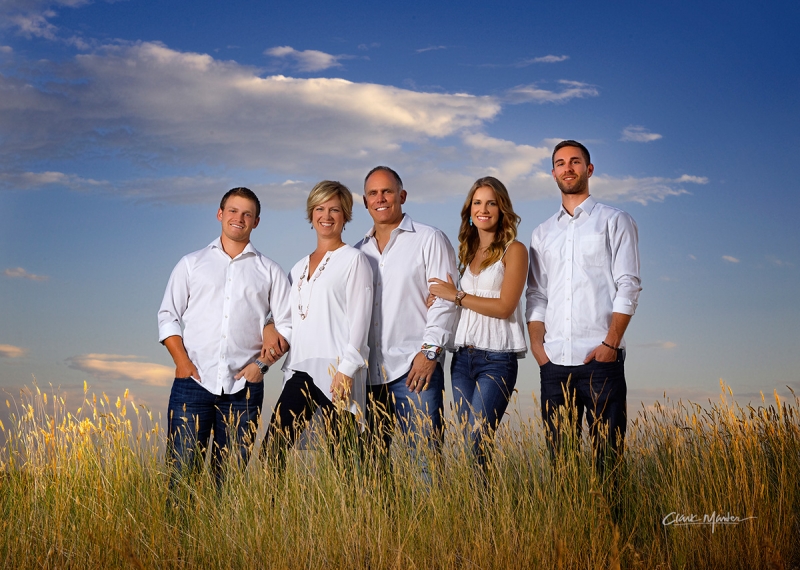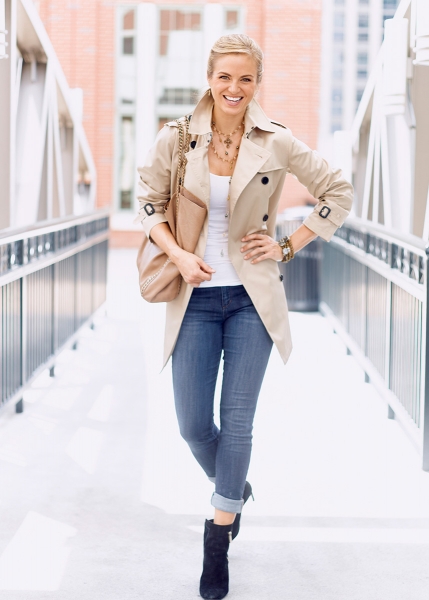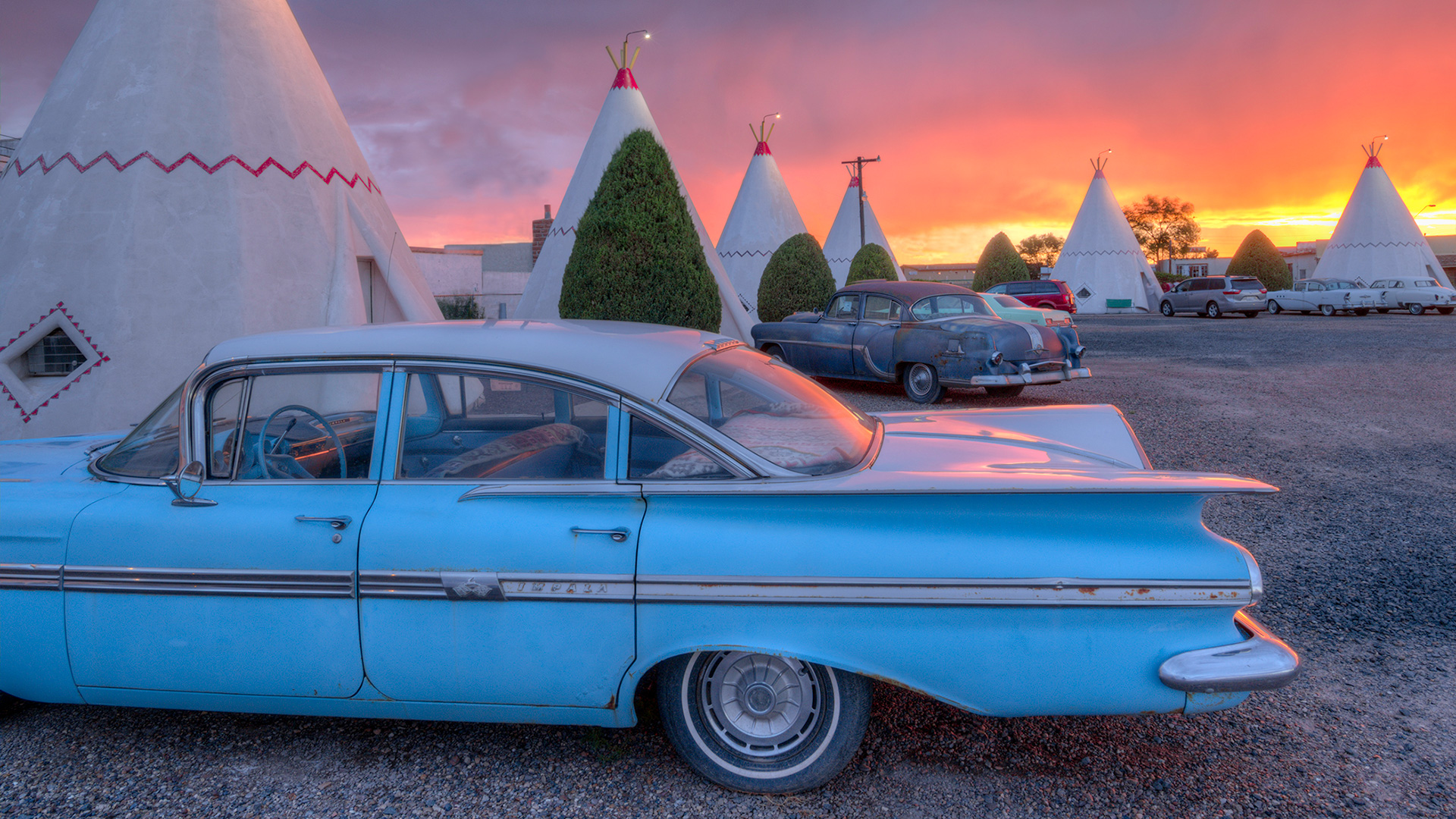Trading Up: Moving to Medium Format
Pro photographers who've traded up from DLSRs to medium-format cameras tell their stories
• July 2016 issue
In the golden age of film, medium format was aptly named—it was the film format nested between small-format 35mm and large-format sheet films. Professional photographers chose to shoot with medium-format film cameras to achieve higher quality images than 35mm provided for large prints or strong cropping, or for increased mobility and lower cost over large-format imaging.
In the digital era, we lack a format corresponding to large-format film and use the term medium format to refer to digital solutions larger than digital SLRs. The facts remain, however, that medium-format digital can achieve higher quality images for large prints and give more cropping options than a digital SLR.
The questions professional photographers and aspiring professionals must address are whether digital medium format makes business sense in their specialty, and what they have to look forward to in the transition and moving forward. To answer these questions, I surveyed six photographers actively shooting medium-format digital. Several have been professional photographers for more than 30 years, but one turned professional after the digital imaging era began. With this range of experience, their insights are especially revealing.
Every photographer stated that they moved to medium-format digital to achieve higher image quality, although higher image quality means different things to different photographers. For portrait photographer Clark Marten, M.Photog.Cr., CPP, upgrading to a Phase One system gave him the opportunity to use leaf shutter lenses for high shutter speeds along with the ability to “distinguish everyone’s eyelashes in a family portrait.” Portrait photographer Chris Knight had a different reason for upgrading. He specializes in low-key portraits and needed a camera that could handle dark values better than his DSLR. He tested the Hasselblad medium-format system before settling on a Pentax 645Z.

While improved image quality was paramount to each respondent, several photographers mentioned the value of owning equipment that set them apart from their competition and their clients’ own cameras. Marten mentioned this, as did commercial/advertising photographer David Christensen, who noted that you “don’t want to be handling large national accounts with the same gear that the client will use to shoot their kid’s soccer game.”
Christensen also credits his medium-format gear with getting him better assignments and better fees, and as a “huge marketing advantage” when he submits assignment quotes against other photographers. Commercial fashion photographer Patrizia Castiglione, who was fortunate enough to win her Pentax 645Z in a 2015 drawing, credits the camera with allowing her to set and receive higher fees.

But it seems the greatest advantage to each of the photographers shooting digital medium format is the satisfaction of delivering the highest quality image possible to clients, whether it’s a portrait, fashion, wedding, or commercial assignment, made with a camera they enjoy using. People and lifestyle photographer Roger Paperno shoots with a Phase One system and feels “excited every time I pick up the camera on a job, [and] my clients can see the difference.”
None of the photographers could think of a downside to owning a medium-format camera system, although travel journalism photographer Kerrick James cautions that you should “make sure you really need the monster pixel [count] before you step up” to medium format. All agreed that the initial purchase price made them hesitate, but the cost was outweighed by the satisfaction of delivering the best possible images.
The transition from a DSLR system to medium format took different paths for different photographers. Half of the photographers rented systems before buying, but the three who didn’t rent had used medium-format equipment on extended loan from the manufacturer. Given the varying features and capabilities, as well as their varying price points, renting or trying a medium-format system is wise.
Christensen and Paperno, both users of Phase One systems, advise finding a good dealer who will spend time working with you until you’re comfortable with the system. They both recommend Capture Integration. James was more concerned that you match the system with the needs of your specialty. He never shoots in the studio, so he chose the weatherproof Pentax 645Z, which he’s taken on Grand Canyon rafting trips and hiking in the Swiss Alps.
Knight, also a Pentax 645Z photographer, agrees. He feels we’re at a point in time when you can transition to medium format without sacrificing many of the features we’re accustomed to with DSLR. But Marten cautions that medium format may not be for everyone. As a Phase One photographer, he cautions that you need to have the sales to recoup your investment.
Will medium format make you a better photographer? Several photographers implied that it may help indirectly by forcing you to make fewer captures and concentrate more on each individual image. Others stated that their medium-format system makes them feel more professional. Castiglione said it best: “I think it’s time to bring the word ‘professional’ back in front of ‘photographer.’ With a camera like this, you can’t help but distinguish yourself from the mass[es]. The rest, like the quality of your work, is up to you.”
None of the photographers interviewed shoot medium format exclusively. For assignments when a high capture rate or long telephoto lenses is needed, a DSLR is simply the better solution. But several pointed out that they feel medium format is the future for the majority of professional photographic assignments. From their comments and my own experience, I see no reason to disagree.
Stan Sholik is a commercial/advertising photographer in Santa Ana, California.
Tags: cameras


 View Gallery
View Gallery